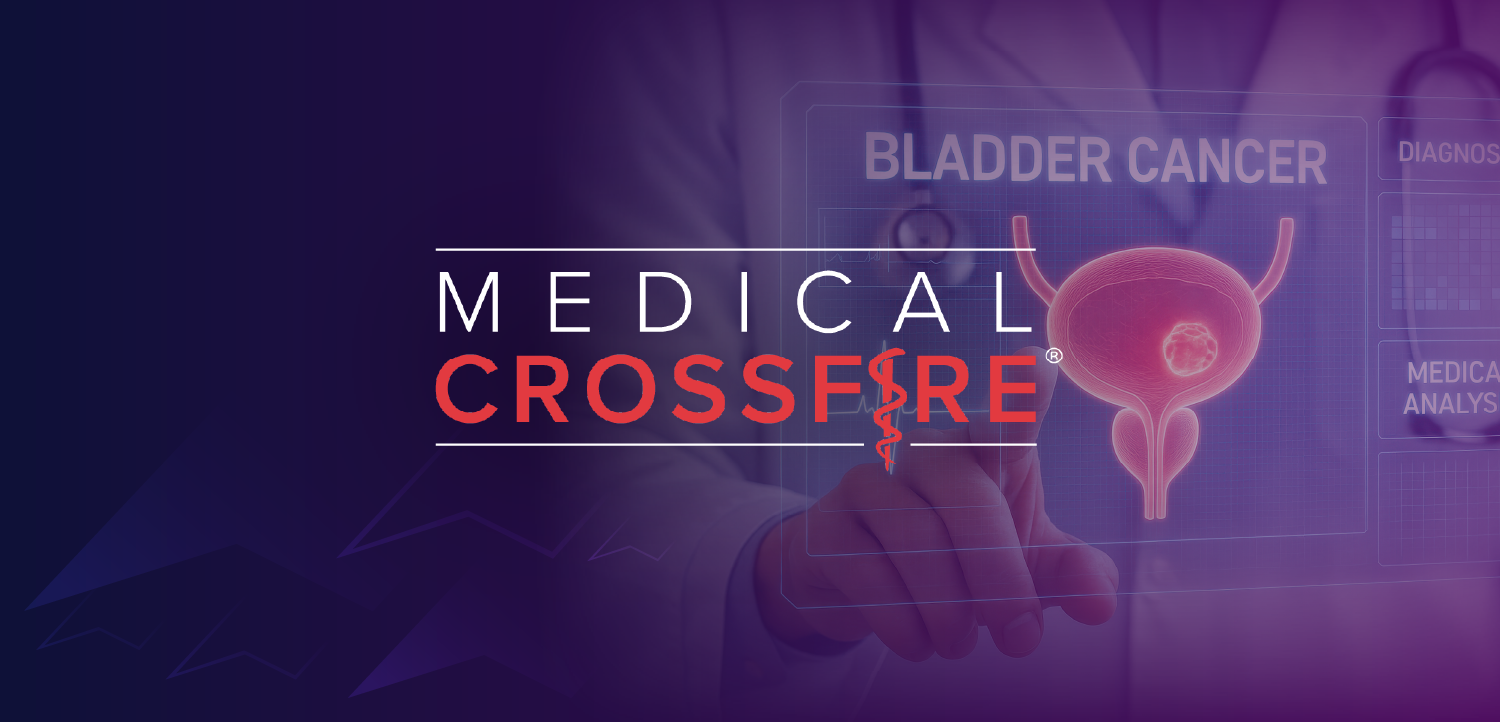
Trichosporon Asahii Superinfection Detected in Critically Ill COVID-19 Patients
Investigators in Brazil attribute Trichosporon asahii fungemia in critically ill COVID-19 patients to “overexposure” to antibiotics and corticosteroids.
Trichosporon asahii fungemia (TAF) in critically ill COVID-19 patients in Brazil is attributed by investigators to “overexposure” to antibiotics and corticosteroids, and to prior treatment with echinocandins, which are indicated against the more common Candida but ineffective against TAF.
Arnaldo Lopes Colombo, MD, Universidade Federal de São Paulo, São Paulo, Brazil, and colleagues detected 5 patients with TAF among 183 patients admitted to the COVID-19 ICU at the São Rafael Hospital, Salvadaor, Bahia State, Brazil between July 1 and September 30, 2020. Candidemia was found in 18 of the COVID-19 ICU admissions.
The average time of ICU hospitalization prior to the TAF episode was 23 days (range 11 to 31 days). All 5 patients were under mechanical ventilation (11-30 days prior to TAF), and 4 of them required renal dialysis (9-16 days before TAF).
With 1 episode of TAF for every 3.6 episodes of candidemia in this cohort, Colombo and colleagues raise the concern "that critically ill COVID-19 patients may have a higher risk to develop Trichosporon fungemia and not only candidemia."
The investigators found the 5 patients with TAF to have risk factors in common, including: central venous catheter, previous exposure to broad-spectrum antibiotics (piperacillin-tazobactam); prior echinocandin therapy (anidulafungin, average 8 days duration); and previous corticosteroid therapy (methylprednisolone 1mg/kg/day or prednisone 40mg every 12 hours, average 22 days).Three of the 5 TAF episodes were anidulafungin breakthrough infections.
"The limitation we have is that there is no good fungal biomarker validated to be used as an efficient tool to early diagnose invasive Trichosporonosis," Colombo commented to Contagion. "What we do is to request fungal blood cultures for risk patients who develop refractory fever or sepsis among ICU admissions."
The 5 T asahii strains from the COVID-19 patients belonged to 4 different haplotypes, which mitigates the possibility, according to the investigators, of skin origin and cross-transmission linking the 5 episodes. They find that other elements are inconsistent with horizontal transmission, including the patients having "facilitating" conditions for gut translocation, and exposure to echinocandins which could lead to Trichosporon selection in the digestive tract.
The antifungal susceptibility testing of the TAF revealed low minimum inhibitory concentration (MIC) levels for azole class agents. Four of the 5 patients were subsequently treated with voriconazole, and one died prior to initiating that treatment.The overall 30-day mortality was 80%.
"There is no randomized study conducted with any antifungal drug in the scenario of invasive Trichosporonosis," Colombo said."Despite the mentioned limitation, preclinical data and open series of patients with invasive Trichosporonosis suggest that voriconazole is the best approach to treating this fungal infection. Echinocandins are not active at all against Trichosporon. Amphotericin B looks to be inferior to triazoles, especially voriconazole."
The investigators advise that "judicious" prescription of antibiotics, corticosteroids and antifungals need to be discussed in critically ill COVID-19 patients to prevent infections by hard-to-treat fungi like T asahii."
Colombo elaborated, emphasizing, "dysbiosis plus corticosteroids in critically ill patients exposed to invasive procedures are key risk conditions for colonization and infection by trichosporon and other fungi."
Newsletter
Stay ahead of emerging infectious disease threats with expert insights and breaking research. Subscribe now to get updates delivered straight to your inbox.




























































































































































































































































































































